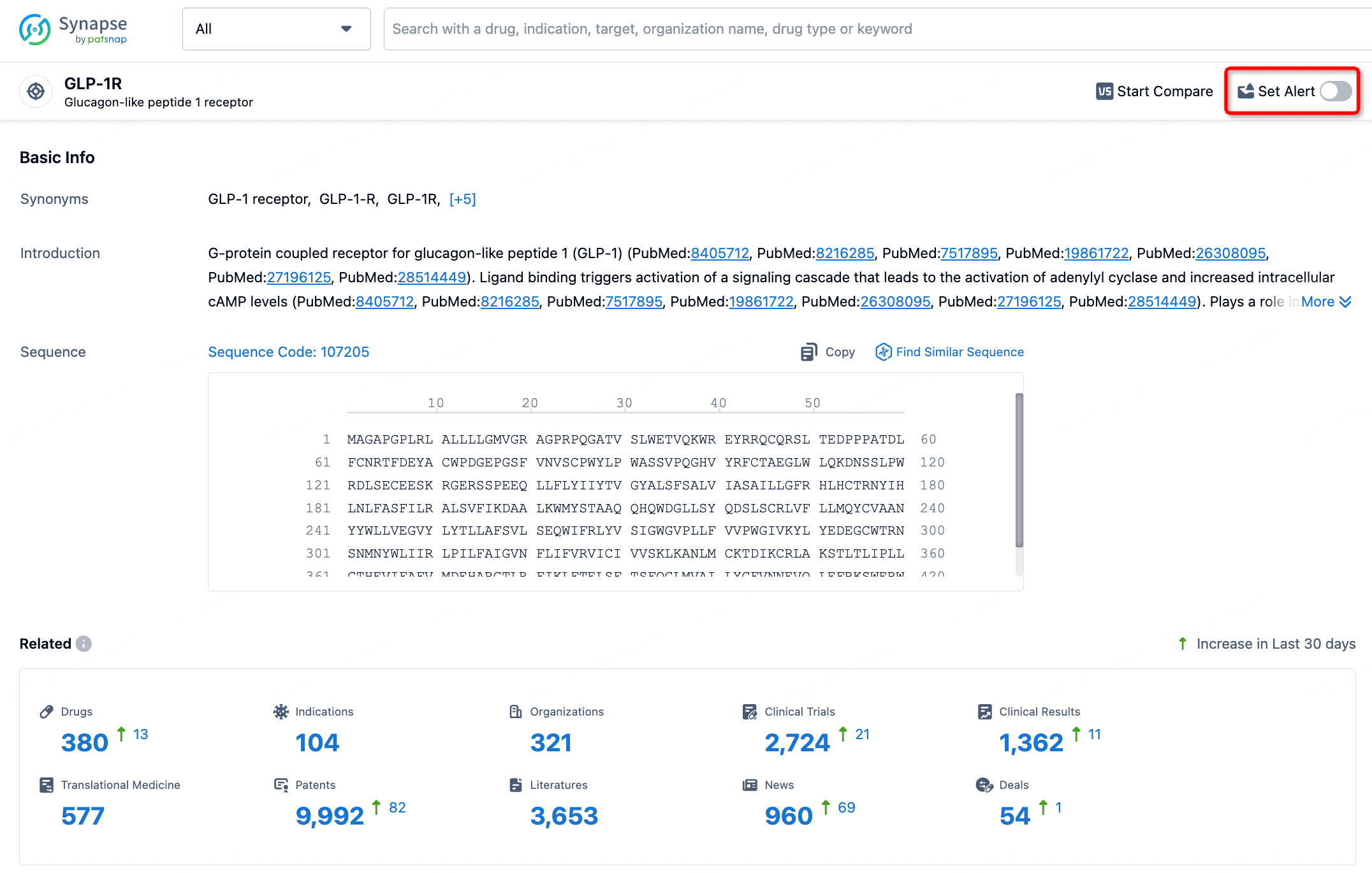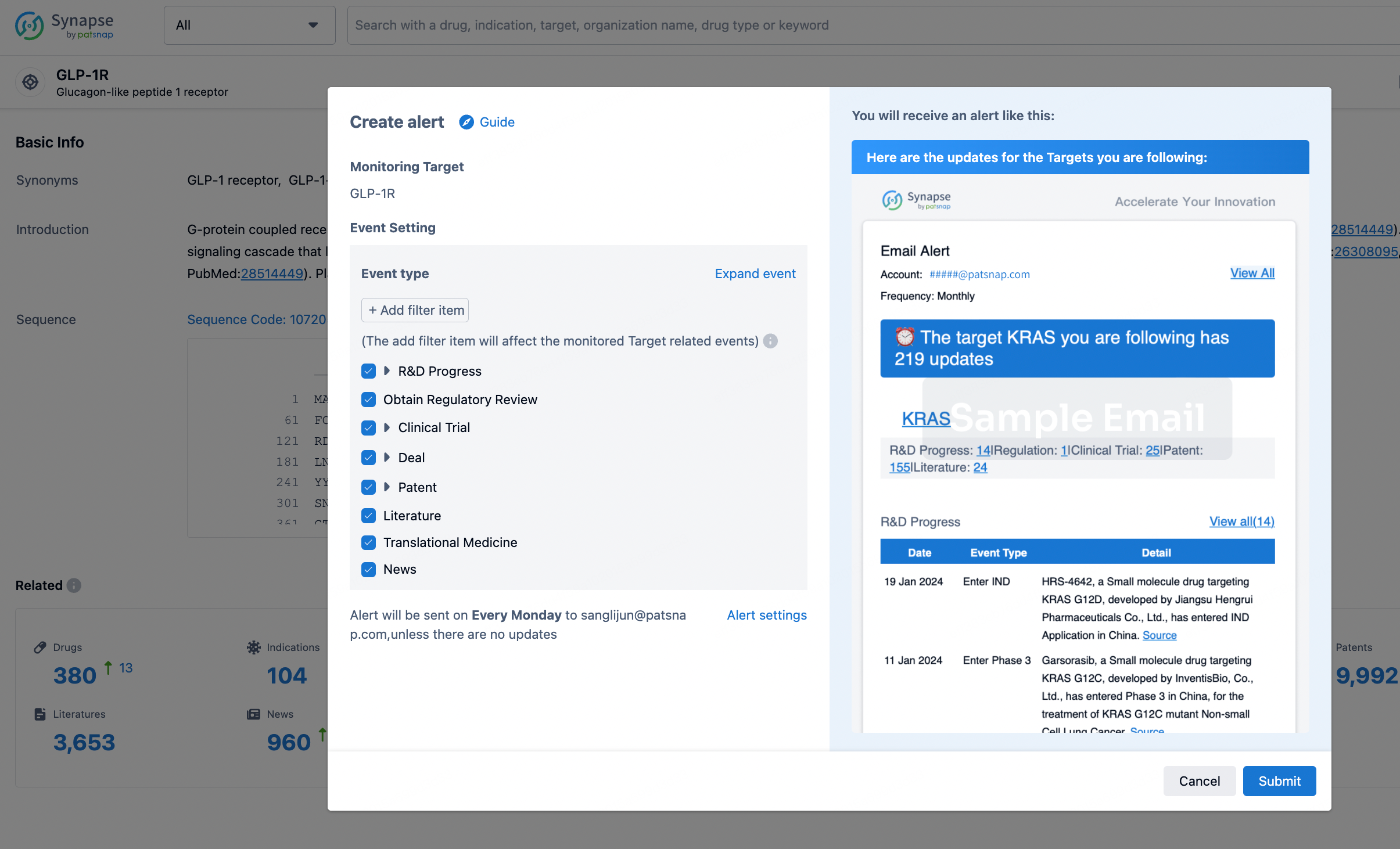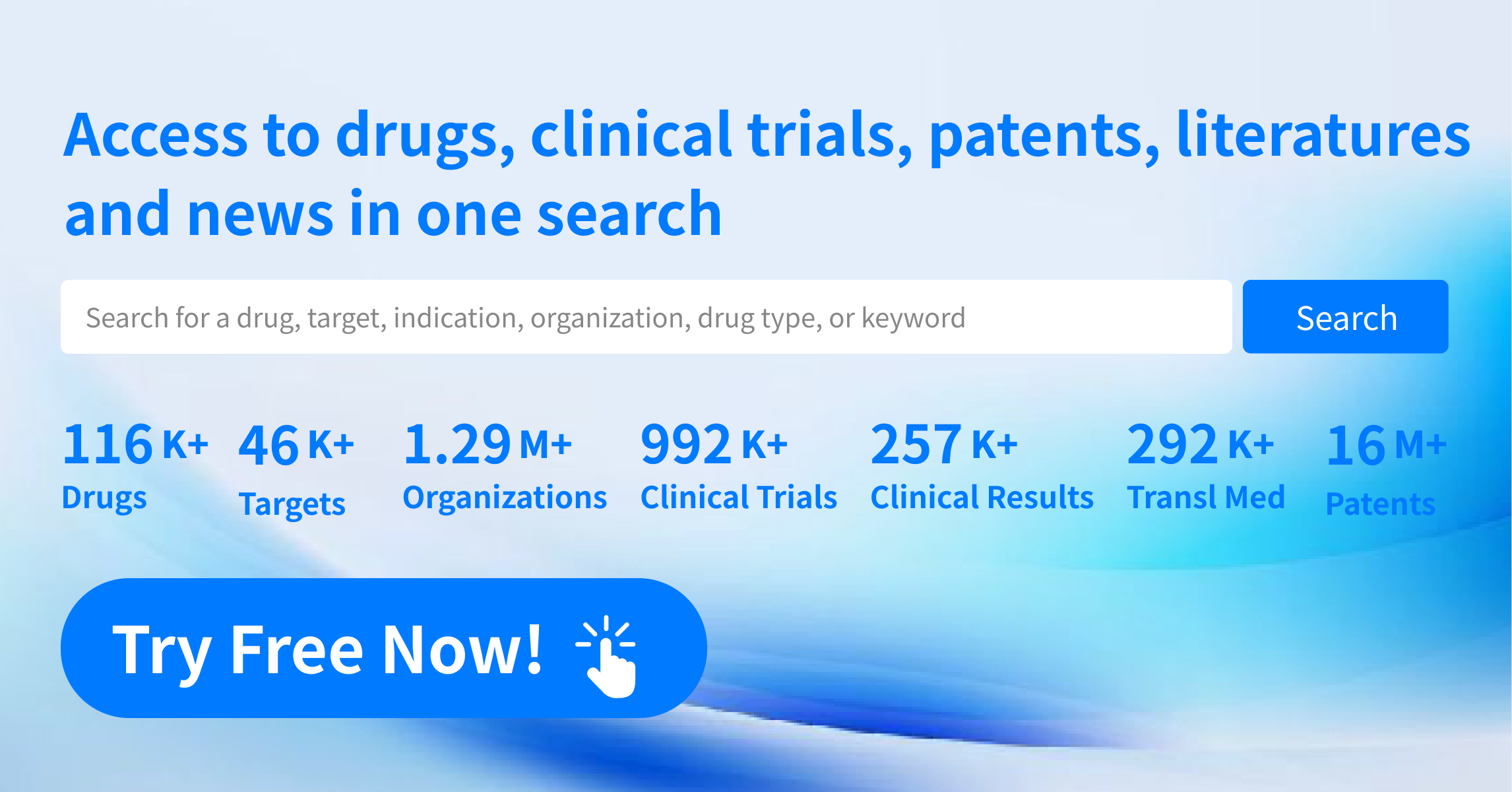Request Demo
What are NRF1 modulators and how do they work?
25 June 2024
NRF1 (Nuclear Respiratory Factor 1) is a transcription factor that plays a critical role in the regulation of mitochondrial biogenesis and cellular energy metabolism. Understanding and modulating NRF1's activity has significant implications for a variety of health conditions, particularly those involving metabolic dysfunction and neurodegenerative diseases. This article delves into the mechanisms by which NRF1 modulators operate and explores their potential applications in medicine and beyond.
NRF1 resides within the nucleus of cells and is responsible for activating genes involved in mitochondrial function and oxidative phosphorylation. Mitochondria, often referred to as the powerhouses of the cell, are essential for producing the energy required for numerous cellular processes. By regulating mitochondrial function, NRF1 indirectly influences cellular energy levels, making it a vital component in maintaining cellular health and function.
NRF1 modulators are molecules or compounds that can either enhance or inhibit the activity of NRF1. These modulators can be of natural origin, such as certain phytochemicals, or synthetically derived. The primary mechanism by which NRF1 modulators work involves binding to the NRF1 protein or its associated cofactors, thereby influencing its ability to bind to DNA and regulate gene expression.
One of the primary pathways through which NRF1 modulators exert their effects is by altering the phosphorylation state of NRF1. Phosphorylation is a common post-translational modification that can activate or deactivate proteins. Specific kinases and phosphatases can add or remove phosphate groups from NRF1, thereby modulating its activity. For example, certain kinases can phosphorylate NRF1, enhancing its ability to bind to DNA and activate target genes involved in mitochondrial biogenesis.
Additionally, NRF1 modulators can influence the transcriptional co-activators and co-repressors that interact with NRF1. These co-factors can either enhance or inhibit NRF1’s ability to initiate transcription, thereby fine-tuning the expression of mitochondrial and metabolic genes. By targeting these interactions, modulators can achieve a more precise control over NRF1 activity.
NRF1 modulators hold promise for a wide range of therapeutic applications, owing to their ability to influence mitochondrial function and cellular metabolism.
One of the most significant areas of interest is in the treatment of neurodegenerative diseases such as Alzheimer's and Parkinson's disease. These conditions are characterized by mitochondrial dysfunction, leading to impaired energy metabolism and increased oxidative stress. By enhancing NRF1 activity, modulators can improve mitochondrial function, potentially slowing the progression of neurodegenerative symptoms.
Metabolic disorders, including obesity and type 2 diabetes, are another area where NRF1 modulators show potential. These conditions often result from impaired mitochondrial function and dysregulated energy metabolism. Modulating NRF1 activity can enhance mitochondrial biogenesis and function, thereby improving insulin sensitivity and promoting healthy energy balance.
Furthermore, NRF1 modulators have potential applications in aging and longevity research. Mitochondrial function declines with age, contributing to various age-related diseases and conditions. By boosting NRF1 activity, it may be possible to mitigate some of the adverse effects of aging, thereby promoting healthier aging and extending lifespan.
In addition to therapeutic applications, NRF1 modulators are also being explored for their potential in enhancing athletic performance and endurance. Enhanced mitochondrial function can improve muscle efficiency and energy production, thereby increasing physical endurance and performance.
In conclusion, NRF1 modulators represent a promising area of research with wide-ranging applications in health and disease management. By understanding and harnessing the mechanisms by which these modulators influence NRF1 activity, researchers and clinicians can develop novel strategies for treating metabolic disorders, neurodegenerative diseases, and other conditions associated with mitochondrial dysfunction. As research continues to advance, the potential of NRF1 modulators to improve health outcomes and enhance quality of life becomes increasingly evident.
NRF1 resides within the nucleus of cells and is responsible for activating genes involved in mitochondrial function and oxidative phosphorylation. Mitochondria, often referred to as the powerhouses of the cell, are essential for producing the energy required for numerous cellular processes. By regulating mitochondrial function, NRF1 indirectly influences cellular energy levels, making it a vital component in maintaining cellular health and function.
NRF1 modulators are molecules or compounds that can either enhance or inhibit the activity of NRF1. These modulators can be of natural origin, such as certain phytochemicals, or synthetically derived. The primary mechanism by which NRF1 modulators work involves binding to the NRF1 protein or its associated cofactors, thereby influencing its ability to bind to DNA and regulate gene expression.
One of the primary pathways through which NRF1 modulators exert their effects is by altering the phosphorylation state of NRF1. Phosphorylation is a common post-translational modification that can activate or deactivate proteins. Specific kinases and phosphatases can add or remove phosphate groups from NRF1, thereby modulating its activity. For example, certain kinases can phosphorylate NRF1, enhancing its ability to bind to DNA and activate target genes involved in mitochondrial biogenesis.
Additionally, NRF1 modulators can influence the transcriptional co-activators and co-repressors that interact with NRF1. These co-factors can either enhance or inhibit NRF1’s ability to initiate transcription, thereby fine-tuning the expression of mitochondrial and metabolic genes. By targeting these interactions, modulators can achieve a more precise control over NRF1 activity.
NRF1 modulators hold promise for a wide range of therapeutic applications, owing to their ability to influence mitochondrial function and cellular metabolism.
One of the most significant areas of interest is in the treatment of neurodegenerative diseases such as Alzheimer's and Parkinson's disease. These conditions are characterized by mitochondrial dysfunction, leading to impaired energy metabolism and increased oxidative stress. By enhancing NRF1 activity, modulators can improve mitochondrial function, potentially slowing the progression of neurodegenerative symptoms.
Metabolic disorders, including obesity and type 2 diabetes, are another area where NRF1 modulators show potential. These conditions often result from impaired mitochondrial function and dysregulated energy metabolism. Modulating NRF1 activity can enhance mitochondrial biogenesis and function, thereby improving insulin sensitivity and promoting healthy energy balance.
Furthermore, NRF1 modulators have potential applications in aging and longevity research. Mitochondrial function declines with age, contributing to various age-related diseases and conditions. By boosting NRF1 activity, it may be possible to mitigate some of the adverse effects of aging, thereby promoting healthier aging and extending lifespan.
In addition to therapeutic applications, NRF1 modulators are also being explored for their potential in enhancing athletic performance and endurance. Enhanced mitochondrial function can improve muscle efficiency and energy production, thereby increasing physical endurance and performance.
In conclusion, NRF1 modulators represent a promising area of research with wide-ranging applications in health and disease management. By understanding and harnessing the mechanisms by which these modulators influence NRF1 activity, researchers and clinicians can develop novel strategies for treating metabolic disorders, neurodegenerative diseases, and other conditions associated with mitochondrial dysfunction. As research continues to advance, the potential of NRF1 modulators to improve health outcomes and enhance quality of life becomes increasingly evident.
How to obtain the latest development progress of all targets?
In the Synapse database, you can stay updated on the latest research and development advances of all targets. This service is accessible anytime and anywhere, with updates available daily or weekly. Use the "Set Alert" function to stay informed. Click on the image below to embark on a brand new journey of drug discovery!
AI Agents Built for Biopharma Breakthroughs
Accelerate discovery. Empower decisions. Transform outcomes.
Get started for free today!
Accelerate Strategic R&D decision making with Synapse, PatSnap’s AI-powered Connected Innovation Intelligence Platform Built for Life Sciences Professionals.
Start your data trial now!
Synapse data is also accessible to external entities via APIs or data packages. Empower better decisions with the latest in pharmaceutical intelligence.


